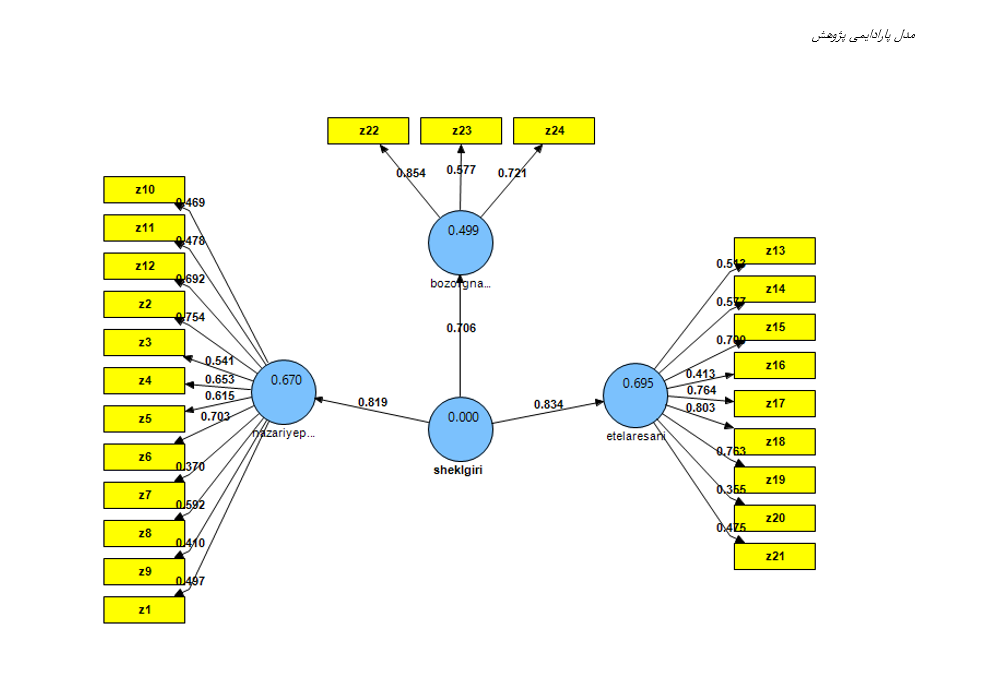Virtual Space Activism in Social Unrest: Theory and Practice
Keywords:
social chaos, cyberspace, internetAbstract
Virtual space is a constructed and turbulent realm that, at the beginning of the third millennium, has acted as a catalyst for many social unrests in various countries. Numerous researchers have illustrated the impact of cyberspace on riots, social disturbances, urban uprisings, revolutions, and social movements, yet this process cannot be presented as a dominant theory. On one hand, marginalized and protesting groups can use the internet to expose political and economic corruption, discrimination, political suppression, and governmental inefficiency, and by highlighting these issues, they can seriously challenge the government and its operations. This highlighting of corruption and governmental inefficiency may be considered the most significant function of virtual space in both the mental and objective rebellion of activists. On the other hand, besides mental rebellion, the internet also influences awareness-raising, organization, mobilization, and civil and political conflicts among intellectuals and young individuals. It contributes to the growth and dissemination of democratic values such as participation, freedom of speech, tolerance, and justice, and by altering citizens’ perspectives, it provides the groundwork for their political confrontation with structures. Therefore, the importance of this research also lies in the governance of virtual space to moderate the environment influenced by the internet. In this regard, the present study aims to answer the question of whether virtual space and its tools played a role in the formation and expansion of social unrest and the November 2019 protests. Its hypothesis, which posits the influence of virtual space on the formation and expansion of social unrest, is depicted through a combined method using the paradigm theory of virtual networks and Huster Grand’s “geographical diffusion” theory. Undoubtedly, this research faces numerous challenges such as novelty and the lack of field data, but the genealogy of social unrest in Iran in this study, utilizing influential sociological variables, the geography of unrest, and the theoretical application of dominant scientific theories in sociology, geography, and psychology through a quantitative-analytical method, presents a unique contribution.
Downloads







